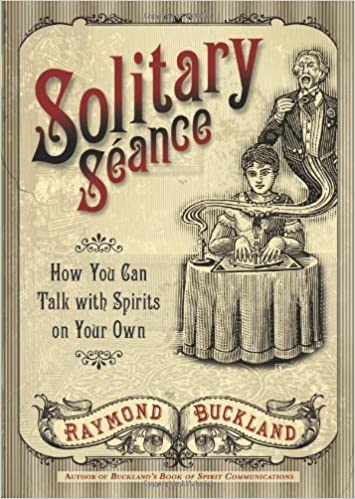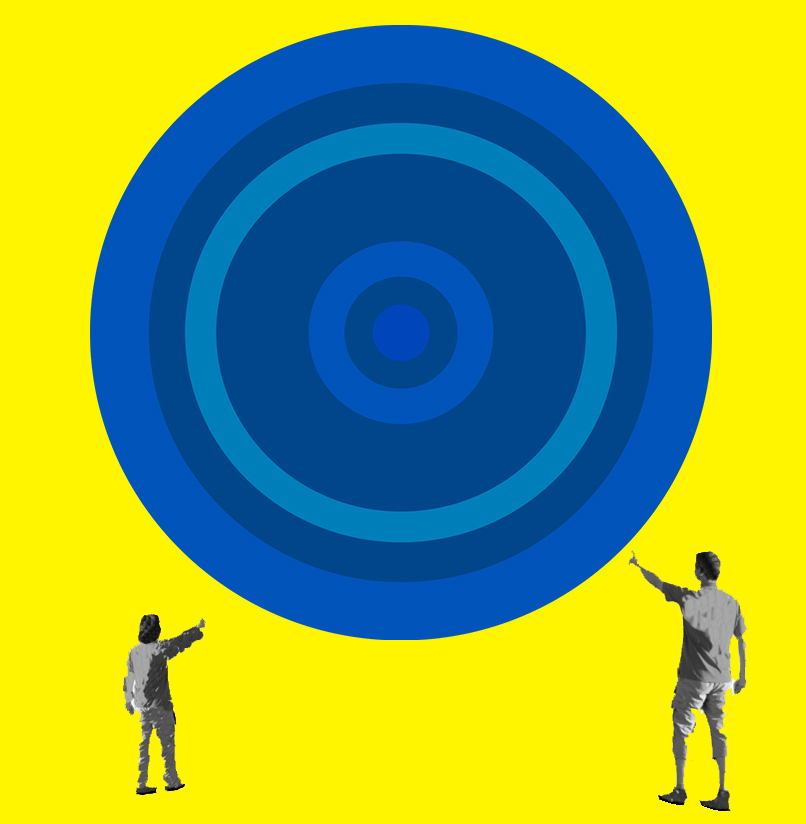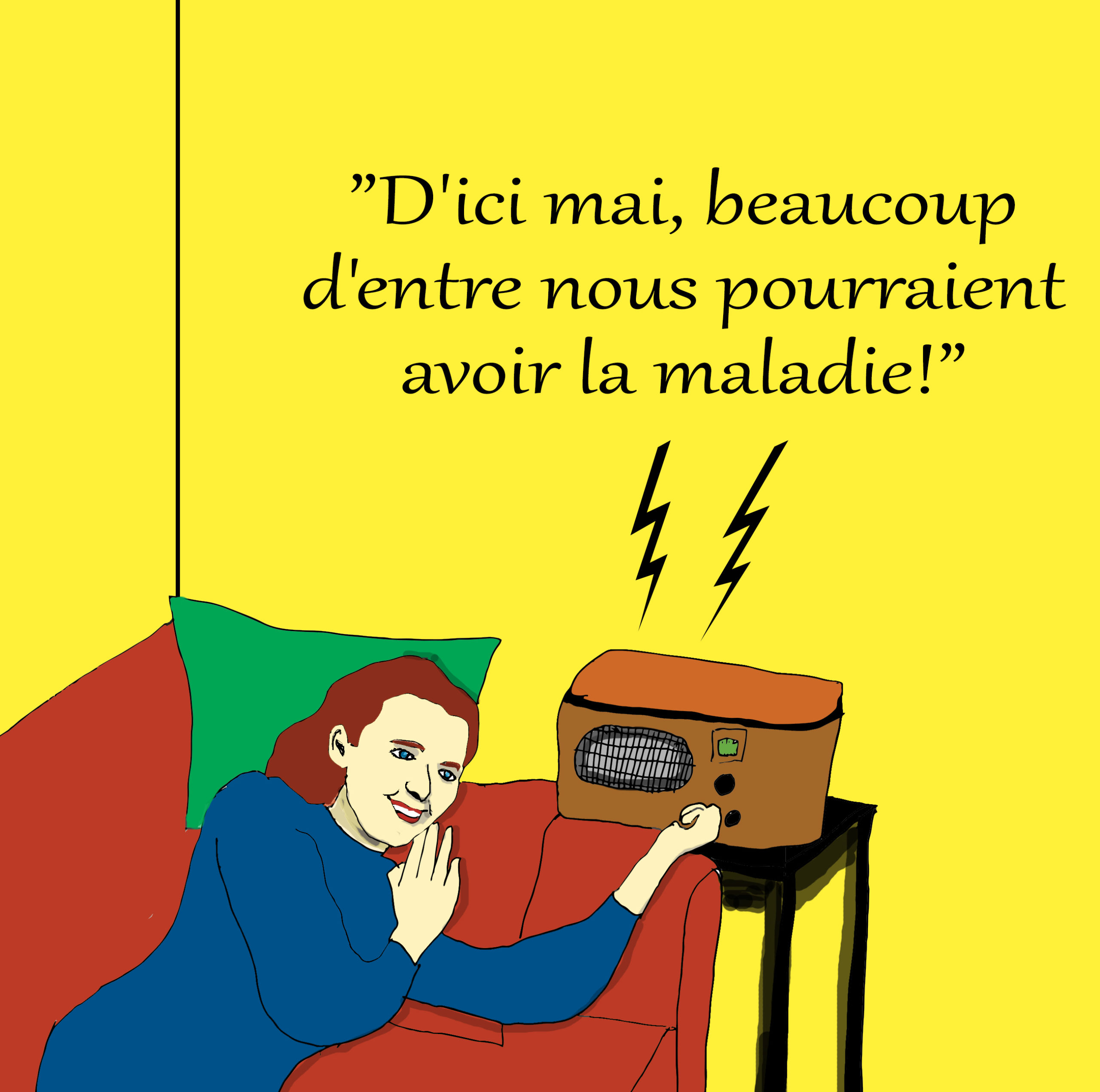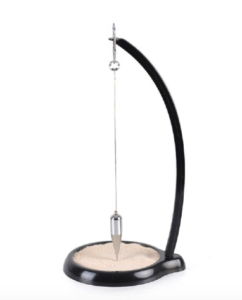Modern homo sapiens first walked the Earth about 50,000 years ago. Since then, more than 108 billion members of our species have been born. Which means 101 billion have already croaked, kicked the bucket, or bitten the dust.* You will too. Does that scare you? It shouldn’t.
Why do we fear death? Mainly for selfish reasons. “I need more time to finish my masterpiece!” “I’ve never visited Nome or Kiev!” “I was promised a cushy retirement if I played by the rules for 40 years!” “I am an important __________(your professional status here) and the world needs me to continue!”
Except the universe doesn’t care about your family, your goals, your summer trip to the Cape. If it’s time for a flood (or earthquake, or pandemic, or meteor) to hit, then that takes center stage — and you’re reduced to an insignificant carbon-based life form who may not survive.
How curious! How mysterious! How perfect!
The truth is, most of us quarantine ourselves each day from the realities of nature. We’ve been socialized to embrace the sweeter things in life (corn syrup, air conditioning, leather recliners), and shy away from the dark, unruly forces we can’t control. But that negates a huge part of existence.
That’s why now is a swell time to spend some quality hours embracing the source of your deepest anxiety. Invite it to tea, and offer it a finger sandwich. The more you embrace it as a part of you, and give it respect, the less it will snarl and bite and render you helpless.
Once you and your fear are on speaking terms, you’ll realize that your anxiety may be unfounded. Are you really in mortal danger at this very moment? And if so, what’s wrong with that?
Let’s take a lesson from Mexico’s “Dia de Muertos.” Rather than fearing the reaper, why not joyfully celebrate this natural part of the human cycle, and toast the memories of departed ancestors. May fear take a backseat to fiesta!
*According to the primary texts on Buddhist psychology, fear is not even inherent in what is known as basic mind. What is inherent? Clear seeing, spaciousness, pure awareness. Of course, it takes practice to think this way. Or not think, as the case may be.
























 “Baker-Miller Pink is the only color scientifically proven to calm you AND suppress your appetite. I was like, “I NEED this color in my house!” I then found someone to paint the room and now I’m loving it!”. Want to walk a mile in Kendall’s puffy slippers?
“Baker-Miller Pink is the only color scientifically proven to calm you AND suppress your appetite. I was like, “I NEED this color in my house!” I then found someone to paint the room and now I’m loving it!”. Want to walk a mile in Kendall’s puffy slippers? 


























